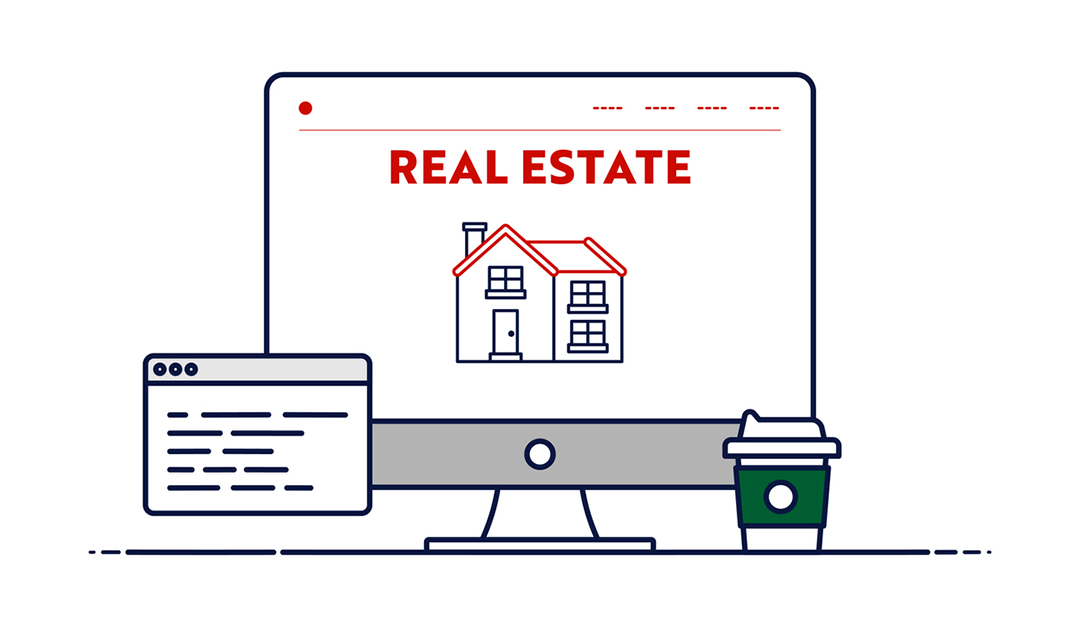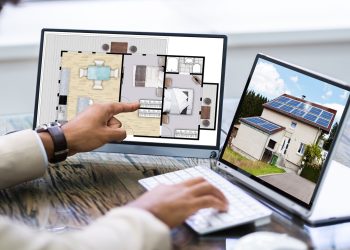I remember when online dating sites first hit the market. I’ll admit, I thought it was a bit strange and believed it would never be popular; however, a recent survey showed that nearly 40 percent of couples met online—and online dating is by far the most popular way U.S. couples connect.
Do you remember when Uber first began? Did you think it sounded weird that someone would summon a stranger to pick them up in their personal car and drive them somewhere? Did you think that consumers would prefer the old way of hailing a taxi or car service? Fast forward to today—do you even know anyone who has never taken an Uber or similar service?
So how do you feel about live virtual showings via online meeting software like Zoom, Google Meet or Facebook Live? How about live virtual open houses, live virtual REALTOR® tours or even virtual listing appointments?
In the last few months, we have all experienced the many restrictions imposed on businesses, professionals and consumers nationwide that some would think would prevent real estate transactions from happening. Yet time and time again, I have seen many real estate professionals adapt, pivot and embrace new opportunities like virtual real estate events and activities, enabling them to serve and help the consumer while following safe guidelines and mandatory restrictions.
I’ve also seen some real estate agents take the opposing stance and say, “Those virtual events are a fad,” and, “They will never catch on because the consumer will always prefer to tour and see real estate in person.” Some have said, “I don’t need to learn how to do that. I’ll just wait until things return to normal.”
I’m sorry, but live virtual real estate is normal now. It is now normal for news interviews and talk shows to be conducted every day and night via virtual online meeting software. In fact, I recently heard a late-night TV host use the word “Zoom” 14 times in one interview. It is now normal for consumers to shop for furniture and other household items via online meeting software. It is also normal for consumers to have dinner or happy hour with family and friends virtually.
The consumer has adapted to, and embraced, virtual showings and is still buying and selling real estate virtually. So, if you have not embraced learning how to take your real estate business virtual, have not practiced doing so, and have not made it a part of your everyday business, you are missing a huge opportunity.
Are you resisting change? Does it scare you? Are you afraid of learning and trying something new like a live virtual open house? Don’t be! I have received many notes in the last few weeks from real estate agents who have pushed beyond their comfort zone, attended HomeSmart’s free training webinars that are open to all agents in the industry, shown homes virtually, closed transactions virtually and achieved success. And you can, too! Just visit HomeSmart.com/Virtual-Open-House to learn more about how you can drive your real estate business virtually.
Action Plan:
1. Set-up a free Zoom, Google or Facebook account.
2. Attend webinars and search Google and YouTube for videos on “How to conduct live virtual showings, live virtual open houses, live virtual REALTOR® tours, and more.
3. Practice. Hold a virtual happy hour with your family and friends. Invite three other real estate agents to practice conducting a live virtual showing.
4. Market and communicate that you can help consumers virtually.
5. Stop thinking and start doing. You can do it!
6. Reap the rewards of your hard work.
 Todd Sumney is the chief industry officer for HomeSmart International, responsible for driving the adoption of HomeSmart tools and resources, and representing HomeSmart throughout the industry, franchise system and agent population. For more information about joining HomeSmart as an agent, please visit HomeSmart.com/join, or visit HomeSmart.com/franchising for franchise opportunities.
Todd Sumney is the chief industry officer for HomeSmart International, responsible for driving the adoption of HomeSmart tools and resources, and representing HomeSmart throughout the industry, franchise system and agent population. For more information about joining HomeSmart as an agent, please visit HomeSmart.com/join, or visit HomeSmart.com/franchising for franchise opportunities.












Yes. I agree with you. I firmly believe that,” Necessity is the mother of invention,” So most of the Innovations help to improve the life styles of the society. But there is always a catch. There is always Two sides of the coin. The success or failure depends on the usage of the system. It should be used optimally(Not more/Not less). Every innovation or system has its other side.
So we should also look into the other side also and talk remedial action
Best of regards